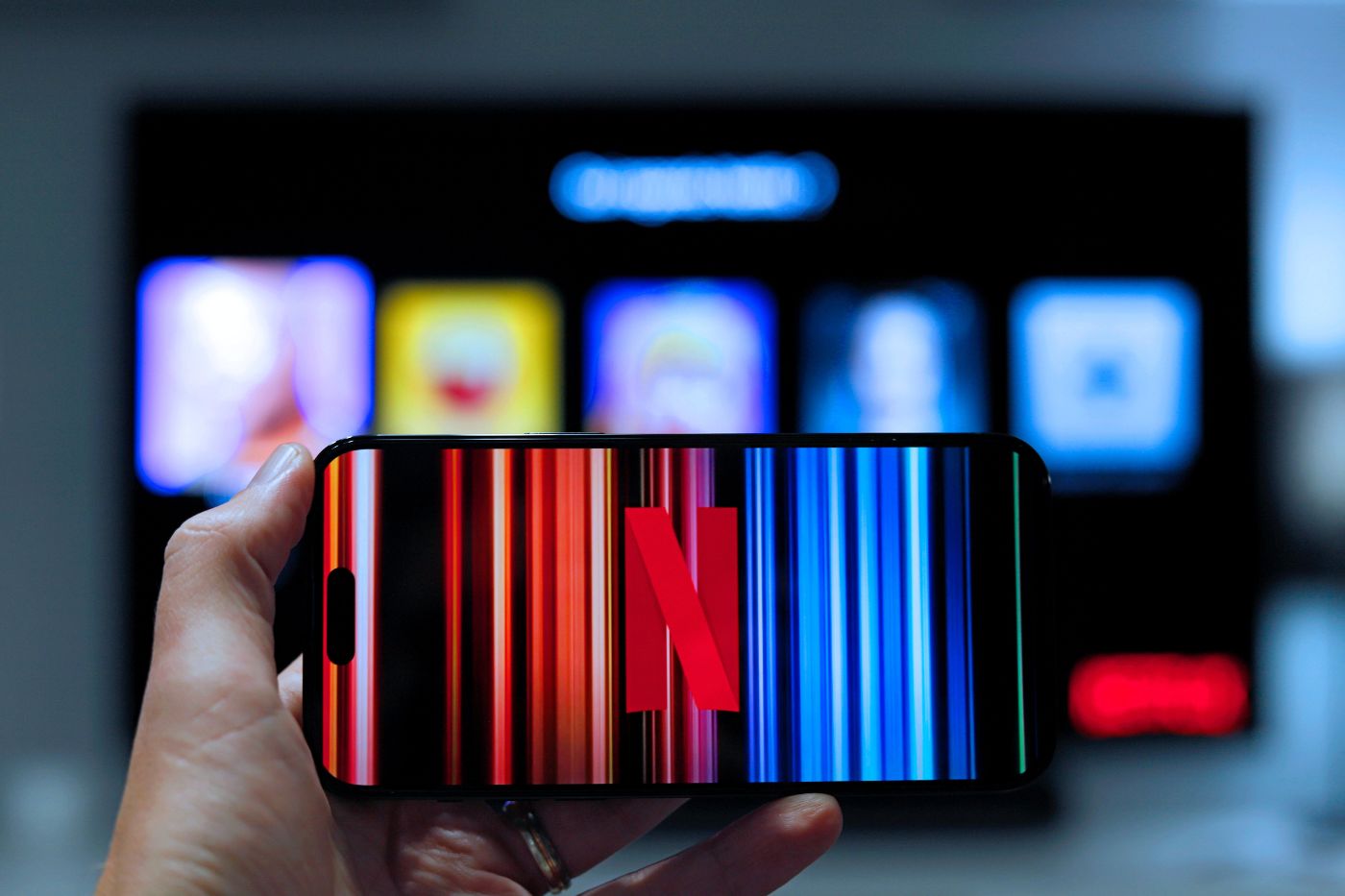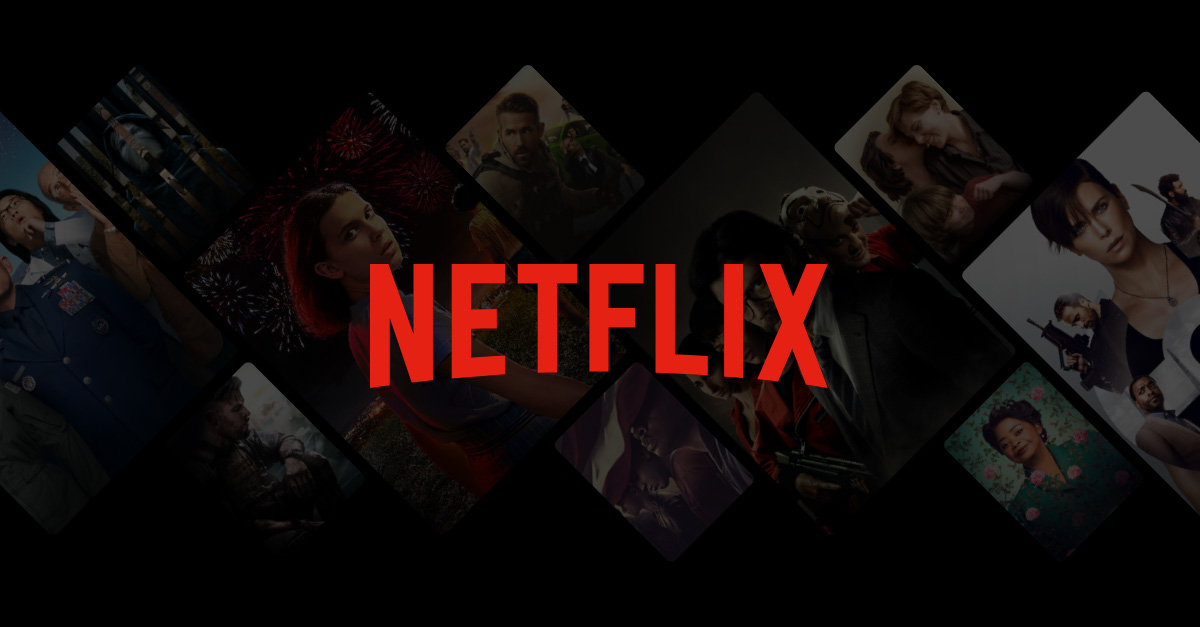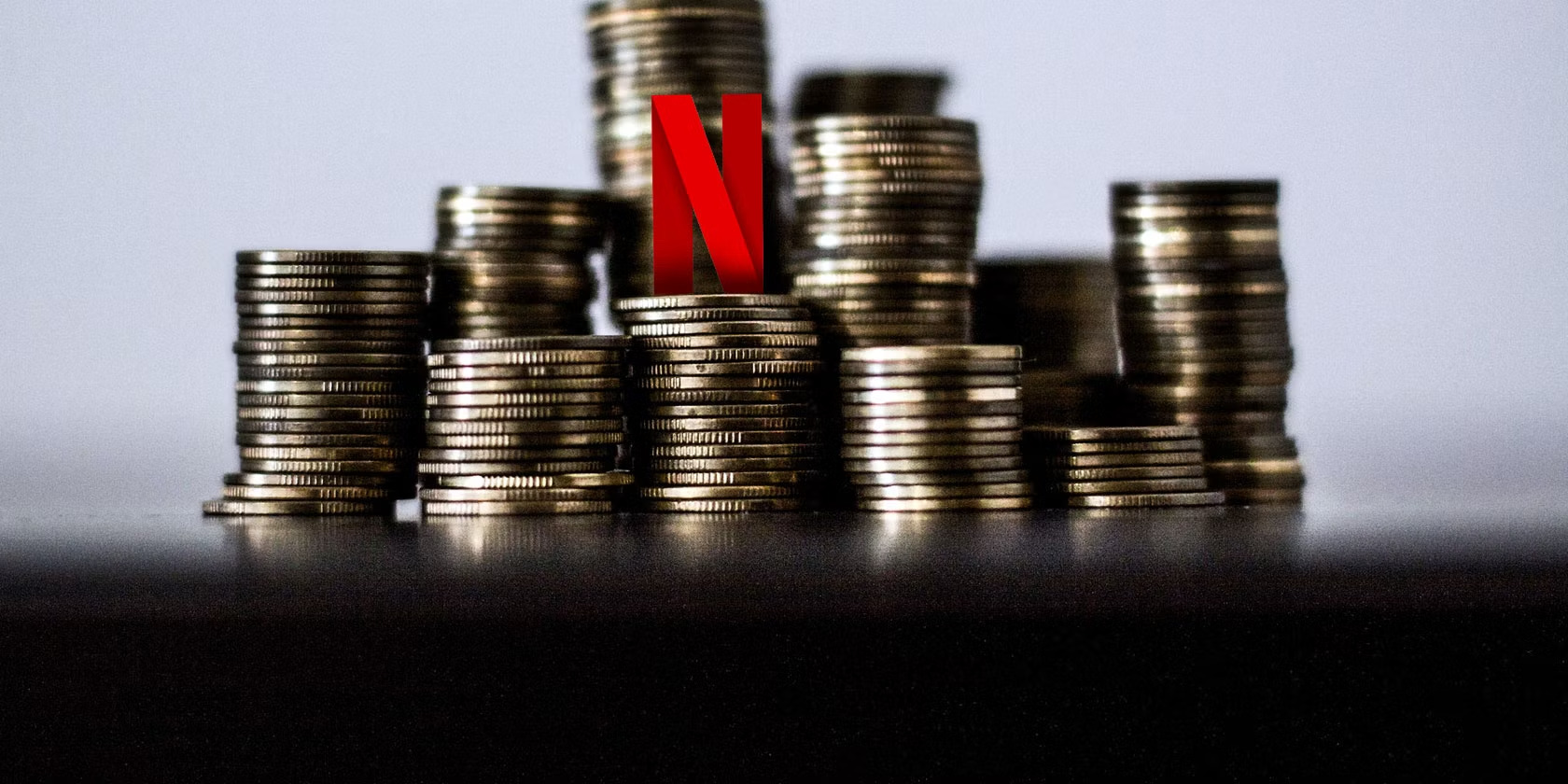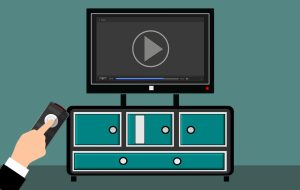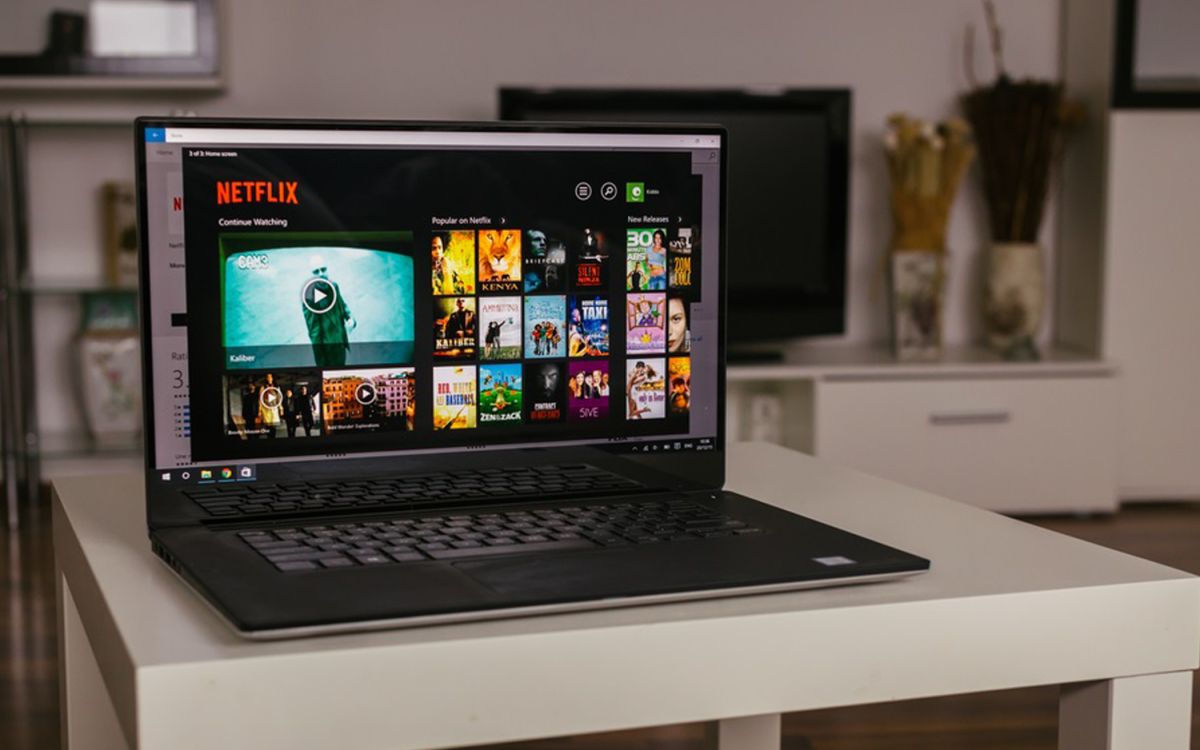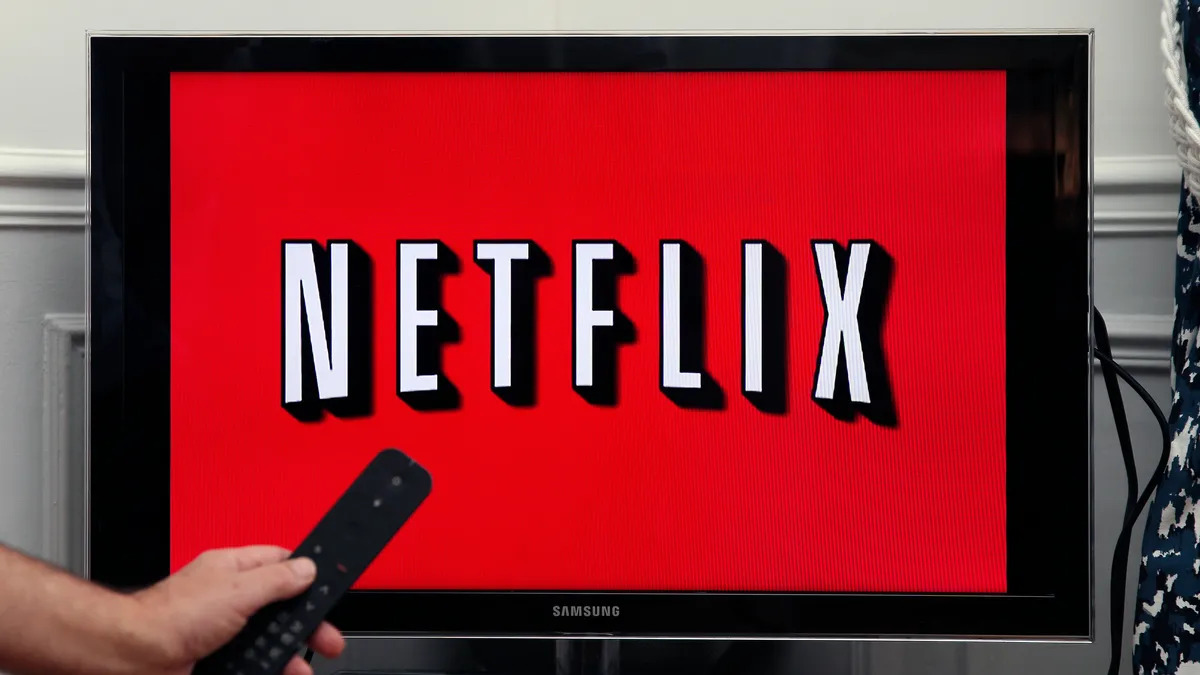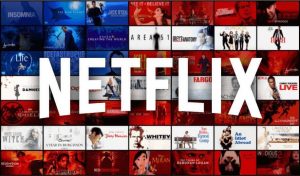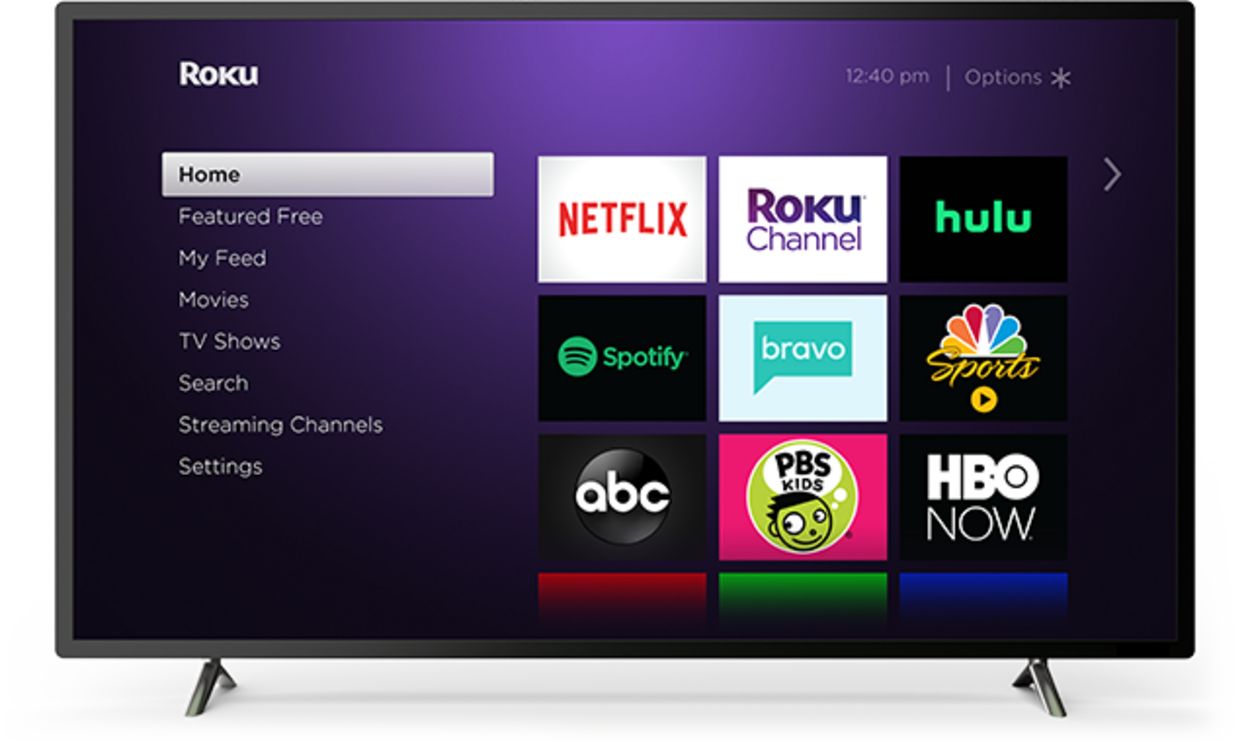Introduction
Netflix, the popular streaming platform, has revolutionized the way we consume movies and television shows. With its vast library of content, convenient accessibility, and user-friendly interface, Netflix has become a go-to source of entertainment for millions of people around the world. However, one aspect that users often question is how much data Netflix uses.
Understanding the data consumption of Netflix is important for several reasons. Firstly, it allows users to manage their internet usage, especially if they have data caps or limited bandwidth. Additionally, being aware of the data usage can help users optimize their streaming experience and ensure they receive the best video quality without adversely impacting their internet connection.
Several factors influence Netflix’s data usage, such as video quality, streaming device, and settings. By understanding these factors and making informed decisions, users can control their data usage and enjoy seamless streaming without worrying about exceeding their data limits or experiencing buffering issues.
In this article, we will delve into the various factors that affect Netflix’s data usage and provide helpful tips on how to manage and control your data consumption. Whether you’re curious about the ideal video quality settings or interested in estimating your data usage before your next binge-watching session, we’ve got you covered. Let’s dive in!
What Affects Netflix Data Usage
There are several factors that can impact the amount of data Netflix consumes during streaming. Understanding these factors can help you manage your data usage and optimize your streaming experience. Here are the key factors that affect Netflix data usage:
- Video Quality: The video quality you choose has a significant impact on data consumption. Netflix offers different streaming options, including Standard Definition (SD), High Definition (HD), and Ultra High Definition (UHD). Higher quality streams require more data per minute, so if you’re concerned about data usage, choosing a lower video quality can help reduce it.
- Streaming Device: The device you use for streaming also plays a role in data usage. Netflix can be accessed on various devices like smartphones, tablets, smart TVs, gaming consoles, and more. Different devices have different capabilities and screen resolutions, which can affect the video quality and, consequently, the data consumption. For example, streaming on a larger screen device like a smart TV may require more data compared to streaming on a smaller smartphone screen.
- Streaming Settings: Netflix allows you to customize your streaming settings to control data usage. Within your Netflix account settings, you can adjust the playback settings, which include options like “Auto,” “Low,” “Medium,” and “High.” Setting the playback quality to “Low” can significantly reduce data usage, but keep in mind that it will also affect the video quality. However, if you have limited data or a slow internet connection, lowering the settings can be a good trade-off.
- Number of Streams: The number of simultaneous streams can impact data usage as well. Netflix offers different plans with varying numbers of screens that can stream content simultaneously. If multiple users in your household are streaming Netflix at the same time, it will increase the data consumption. Consider adjusting the number of simultaneous streams based on your data limits or usage patterns.
- Streaming Duration: The duration of your streaming sessions also affects data usage. Obviously, the longer you stream, the more data will be consumed. If you’re concerned about exceeding your data limit or want to manage your usage, monitoring your streaming duration can be helpful.
By considering these factors and making the necessary adjustments, you can effectively manage your Netflix data usage. In the next section, we will explore the differences between Standard Definition and High Definition streaming and how they impact data consumption.
Standard Definition vs. High Definition
When streaming on Netflix, you have the option to choose between Standard Definition (SD) and High Definition (HD) for your video quality. The quality you choose affects both the visual experience and the amount of data consumed. Let’s take a closer look at the differences between SD and HD streaming:
Standard Definition (SD): SD streaming typically offers a resolution of 480p. While it may not provide the same level of clarity and detail as HD, it still delivers a decent viewing experience, especially on smaller screens. SD streaming consumes less data per minute compared to HD, making it a suitable option for users with limited data plans or slower internet connections. If data consumption is a concern, opting for SD streaming can help you save on bandwidth and reduce buffering issues.
High Definition (HD): HD streaming offers a higher resolution, typically 720p or 1080p, depending on the content and the device you’re streaming on. It provides a sharper and more detailed picture, allowing you to fully appreciate the visuals, especially on larger screens. However, HD streaming requires more data per minute compared to SD. If you have a generous data plan or a fast internet connection, HD streaming can enhance your viewing experience. It’s important to note that some devices and content on Netflix support even higher resolutions, such as Ultra High Definition (UHD) or 4K. These higher resolutions offer superior image quality but consume significantly more data.
It’s worth mentioning that Netflix automatically adjusts the video quality based on your internet connection speed. This feature, known as adaptive streaming, ensures that you receive the best possible quality without excessive buffering or interruptions. However, it also means that the data consumption can vary depending on your connection stability and available bandwidth.
To control your data usage, you can manually select the video quality settings within your Netflix account. Choosing SD over HD can significantly reduce data consumption, especially if you frequently stream for extended periods. However, if you have an ample data allowance and a reliable high-speed internet connection, HD streaming can provide a more immersive and visually stunning experience.
In the next section, we will explore how data usage differs across various streaming devices and provide tips on how to manage it effectively.
Streaming on Different Devices
Netflix is available on a wide range of devices, allowing you to stream your favorite shows and movies wherever and whenever you want. However, it’s important to note that streaming on different devices can impact data usage. Let’s explore how data consumption varies across various streaming devices:
Smartphones and Tablets: Streaming on smartphones and tablets is a popular choice for many Netflix users. These devices typically have smaller screens, which means they require less data to deliver a satisfactory viewing experience. If you primarily stream on your mobile devices, you can opt for lower video quality settings to conserve data without sacrificing much in terms of visual clarity. Additionally, consider using Wi-Fi instead of cellular data when streaming on mobile devices to avoid excessive data consumption from your data plan.
Smart TVs and Streaming Devices: Smart TVs and streaming devices, such as Roku, Amazon Fire Stick, or Apple TV, often offer a larger screen and more advanced streaming capabilities. While the bigger display enhances the visual experience, it also means that data consumption may be higher compared to smaller devices. These devices may support higher resolutions like HD or even 4K, which require more data per minute. If you’re streaming on a smart TV or a streaming device, consider adjusting the video quality settings based on your data limits or desired balance between quality and consumption.
Gaming Consoles: Many gaming consoles, such as PlayStation or Xbox, come with built-in Netflix apps that allow you to stream directly on your console. Streaming on gaming consoles typically provides a high-quality experience and supports HD or even UHD streaming. However, keep in mind that streaming on gaming consoles can consume a significant amount of data due to the higher resolution and the processing power required. If you’re concerned about data usage, consider adjusting the video quality settings or limiting streaming on gaming consoles to avoid exceeding your data limits.
Laptops and Computers: Streaming Netflix on laptops and computers gives you the flexibility to enjoy your favorite content on a larger screen. Similar to other devices, data consumption can vary based on the resolution and video quality settings. Additionally, streaming in a browser can sometimes use more data compared to dedicated Netflix apps. If you frequently stream on a computer or laptop, consider using the Netflix app or adjusting the video quality settings to manage data usage effectively.
Understanding how data consumption differs across streaming devices can help you make informed choices and optimize your Netflix streaming experience. By adjusting video quality settings, using Wi-Fi when available, and being mindful of the devices you stream on, you can control your data usage and enjoy seamless entertainment without worrying about exceeding your limits.
Next, we will share some useful tips on how to control Netflix data usage.
How to Control Netflix Data Usage
Managing your Netflix data usage is essential to avoid exceeding your data limits, optimize your streaming experience, and reduce buffering issues. Here are some effective tips on how to control Netflix data usage:
- Adjust Playback Settings: Within your Netflix account settings, you can manually adjust the playback settings to control data usage. Options like “Auto,” “Low,” “Medium,” and “High” enable you to choose the desired video quality. Setting the playback quality to “Low” reduces data consumption significantly, although it may impact the video quality. Experiment with different settings to find a balance between data usage and visual experience that suits your preferences.
- Download Content for Offline Viewing: Netflix allows you to download select movies and TV shows to watch offline. This feature is an excellent way to enjoy your favorite content without using any data. Simply download the content over Wi-Fi and access it later when you’re offline or on a limited data connection. Keep in mind that not all titles are available for download, but there is a wide selection to choose from.
- Monitor Your Streaming Duration: Be mindful of the time you spend streaming on Netflix. The longer you stream, the more data you consume. If you have limited data or are concerned about exceeding your limits, consider setting aside specific viewing times or limiting your streaming duration. Monitoring your streaming habits can help you stay within your data limits and avoid any unexpected overages.
- Use Wi-Fi Instead of Cellular Data: Whenever possible, connect to a Wi-Fi network for streaming on mobile devices. Streaming over Wi-Fi does not count towards your mobile data usage and can help you conserve data from your cellular plan. Make sure to connect to a reliable and secure Wi-Fi network to ensure smooth streaming without interruptions.
- Choose the Right Video Quality: As discussed earlier, selecting the appropriate video quality can significantly impact data usage. If data consumption is a concern, consider opting for Standard Definition (SD) streaming instead of High Definition (HD) or Ultra High Definition (UHD). Keep in mind that lower video quality settings may result in a slight compromise in visual clarity, but it can help you conserve data and prevent buffering issues.
- Optimize Device Settings: Some devices have additional settings that can help control data usage while streaming Netflix. For example, certain smart TVs or streaming devices may have built-in options to limit data consumption. Explore your device settings or consult the manufacturer’s documentation to see if there are any specific settings you can enable to optimize data usage when streaming Netflix.
By implementing these tips and being mindful of your data usage, you can enjoy uninterrupted streaming, manage your data limits effectively, and make the most out of your Netflix subscription.
Next, we will introduce a useful tool to estimate your Netflix data usage.
Netflix Data Usage Calculator
Estimating your Netflix data usage can provide valuable insights into your streaming habits and help you plan your data usage more effectively. While Netflix doesn’t offer an official data usage calculator, there are third-party tools available that can estimate the data usage based on your streaming settings.
One such tool is the Netflix Data Usage Calculator. This online calculator allows you to input your streaming settings, such as video quality and streaming device, and provides an estimate of the data consumed per hour. Knowing this data can help you gauge your data usage and make adjustments accordingly.
To use the Netflix Data Usage Calculator, follow these simple steps:
- Select your desired video quality setting, whether it’s Standard Definition (SD), High Definition (HD), or Ultra High Definition (UHD).
- Choose the device you use for streaming, such as a smartphone, tablet, smart TV, or computer.
- Specify the number of hours you typically spend streaming on Netflix.
- Click on the “Calculate” or “Estimate” button to generate the result.
The calculator will provide you with an estimate of the data consumed per hour based on your input. This information can be useful for managing your data plan, setting data limits with your internet service provider, or adjusting your streaming habits to control data usage.
Keep in mind that the actual data consumption may vary depending on factors like internet connection stability, content type, and Netflix’s adaptive streaming technology. However, the Netflix Data Usage Calculator can give you a close approximation of your data usage based on your chosen settings.
While using a data usage calculator can be helpful, it’s always a good idea to monitor your actual data usage with your internet service provider if you have concerns about your data cap. This ensures that you stay within your limits and avoid any unforeseen charges.
To sum it up, utilizing a Netflix Data Usage Calculator can provide you with a better understanding of your streaming habits and enable you to make informed decisions to optimize your data usage while enjoying your favorite Netflix content.
In the concluding section, we will recap the key points discussed in this article and emphasize the importance of managing Netflix data usage.
Conclusion
Managing your Netflix data usage is crucial for optimizing your streaming experience, avoiding excessive data consumption, and staying within your data limits. By understanding the factors that affect data usage, such as video quality, streaming device, and settings, you can make informed decisions to control your data usage effectively.
Choosing the appropriate video quality, adjusting playback settings, and monitoring your streaming duration are practical ways to manage data usage. Opting for Standard Definition (SD) streaming, especially on smaller screens, can significantly reduce data consumption without compromising much on visual quality. Additionally, utilizing Wi-Fi instead of cellular data, downloading content for offline viewing, and optimizing device settings can further help control data usage.
Estimating your Netflix data usage using tools like the Netflix Data Usage Calculator can provide valuable insights into your streaming habits and guide you in making informed decisions about your data usage. However, it’s important to note that actual data consumption may vary depending on various factors.
By being mindful of your data usage, you can enjoy uninterrupted streaming, prevent exceeding your data limits, and make the most out of your Netflix subscription. Whether you’re streaming on smartphones, tablets, smart TVs, or computers, understanding and managing your data usage will ensure a seamless and enjoyable viewing experience.
So, take control of your Netflix data usage today and enjoy endless hours of entertainment without the worry of excessive data consumption. Happy streaming!







